With the release of Finding Vivian Maier drawing closer, Twin spoke with director Charlie Siskel to find out more about the documentary that looks into the life of the mysterious nanny that took over 100,000 photographs, only to be discovered decades later (watch the trailer here).
Tell us a little about how the project came about?
John Maloof bought the original box of negatives because he was working on a book about Chicago. These pictures didn’t work for the book but the more he looked at them the more he recognized there was something special about them. At the time he didn’t know anything about photography but the photos inspired him to start taking pictures himself. Eventually he scanned some and put them online just to hear what other people thought. The reaction was incredible and they went viral. That’s when he knew he had found something special.
How did John go about contacting people who knew Vivian?
John contacted someone by phone who’s address was on a slip of paper in the box of negatives he purchased. He told them he had the negatives of Vivian Maier and the person said, “Vivian was my nanny.” That was the point when he realized there was an interesting story here. He started to search for people who knew her and eventually started filming interviews.
When did you get involved in the film?
I thought this was a great story the moment I heard it. A nanny takes over 100,000 photographs and hides them in storage lockers, and they are discovered decades later and she is hailed as one of the great photographers of the twentieth century – what a great story! I thought this could be a great feature documentary that should be seen in theaters. It is a great story of discovery, a detective tale, a mystery, a roller coaster ride and “an entertainment,” as they used to say. I also grew up in Highland Park where Vivian worked and I thought it would be interesting to tell this story of an artist through the eyes of those who knew her.
How closely does the documentary follow John Maloof on his quest to find out who Vivian Maier really was?
The film is about Vivian Maier but it can’t be told without her discovery — not only would Maier’s story not have an ending, there would be no narrative. So John’s discovery is central. But [the film] explores the mystery of who she was and how she lived a double life publicly as a nanny and privately as a brilliant artist, told through the eyes of people who knew her not as a photographer but as the woman that looked after them, so their accounts are limited, flawed and incomplete. The viewer has to fill in the blanks, judge for herself, and we invite this kind of scrutiny.
People in the film contradict each other — one says that she had a fake accent, another says it was real; someone says she posed people, another says she photographed them just as they were. So part of the film is our exploration of Maier as this secret artist — a kind of detective story. The other narrative in the film follows John’s effort to share Maier’s work with the world and “put her in the history books.” Starting with sharing her work online and mounting his own show of her work in Chicago and then trying to gain acceptance of her work among institutions.
You must have ended up with lots of footage. Was it a difficult project to edit down?
That is a challenge, but once you understand the story it is easier to make these decisions. That is where documentary storytelling combines art and journalism. It is not just a recitation of facts — not a movie version of the Wikipedia entry on Vivian Maier. Just because some things are interesting about Maier doesn’t mean everything is interesting about her. The challenge is to tell the story using the elements you have — and we had Maier’s photos, audio recordings, super 8 films, the belongings she left behind and the stories of people who knew her — in an entertaining an enlightening way.
Once we recognized that this was the story of an artist who went undiscovered during her lifetime — in part because she kept herself hidden but also because we as people don’t always know where to look to find art — it became easier to see what belonged in the film and what didn’t. But yes you always have to make tough choices and say goodbye to individual scenes/things you love in order to make the film work as whole.
What was the most interesting thing you discovered while working on the film?
At first I thought this was a nanny who somehow happened to take thousands of photographs, but that was 180 degrees wrong. She was a true artist, who just so happened to be a nanny, but that was her means to an end, her camouflage and masquerade – that was the biggest discovery. I could see how Maier would feel like an outsider in this world of suburban wealth and privilege. She was misunderstood.
Finding Vivian Maier is released in the UK tomorrow, July 18th.
findingvivianmaier.com
Images: ©Vivian Maier/Maloof Collection
Tags: Charlie Siskel, documentary, Finding Vivian Maier





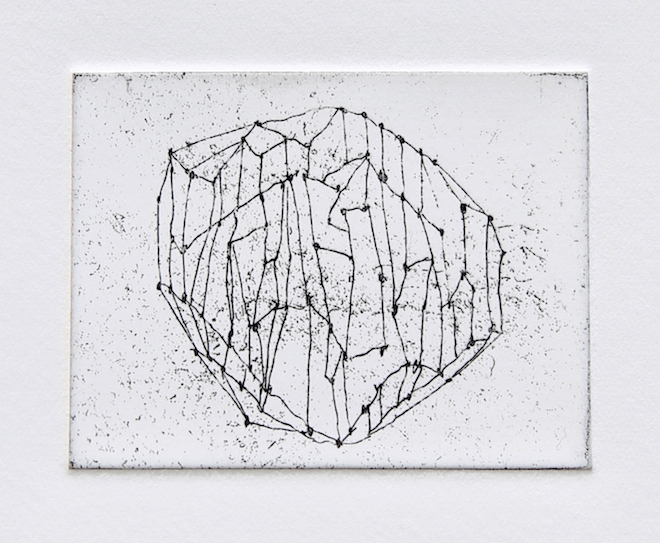
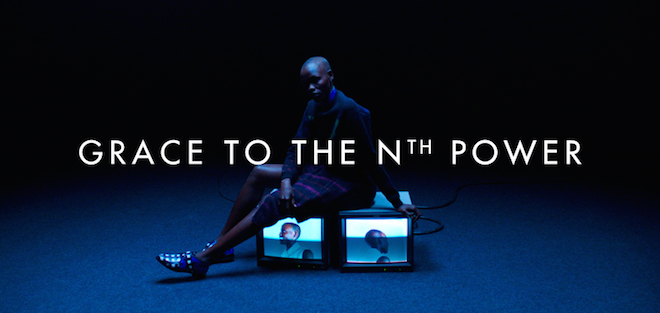


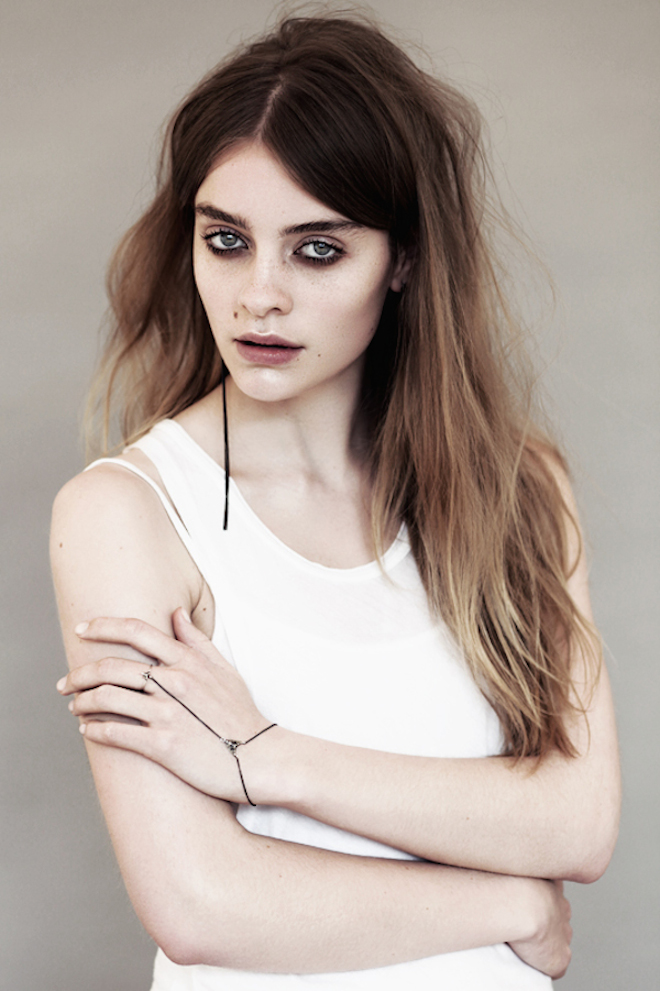










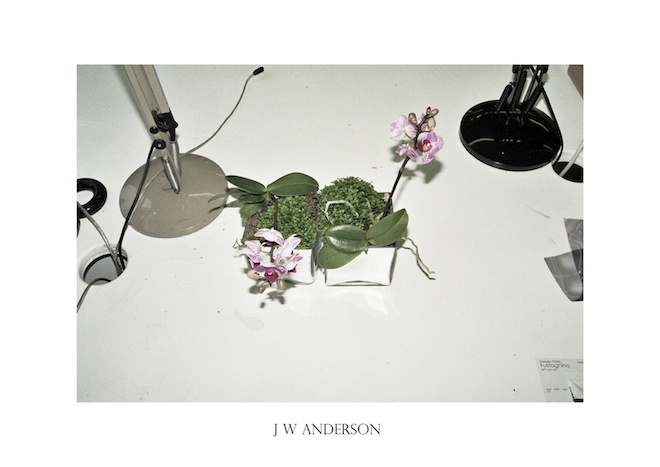
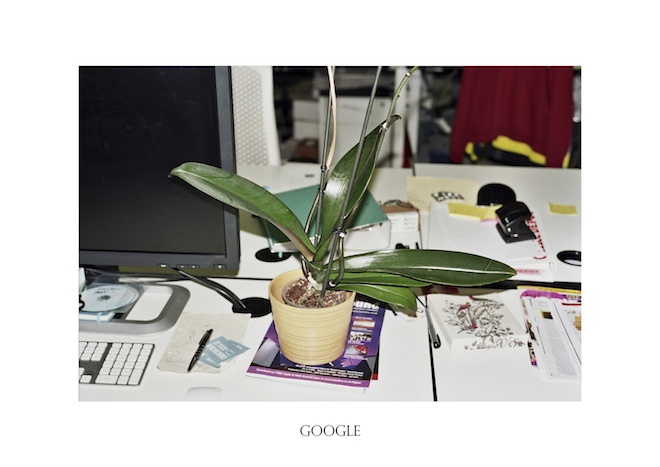


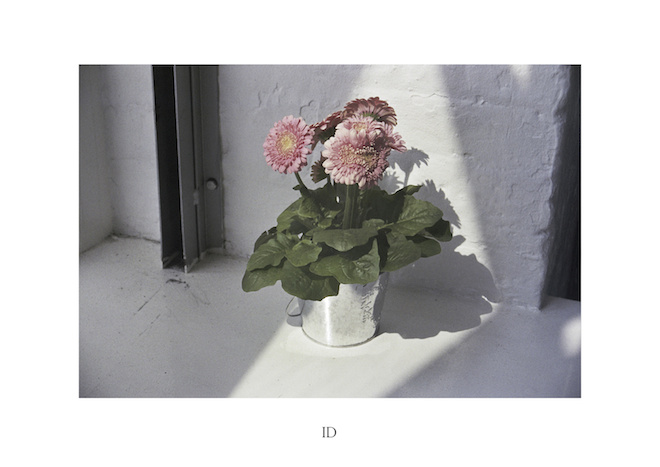



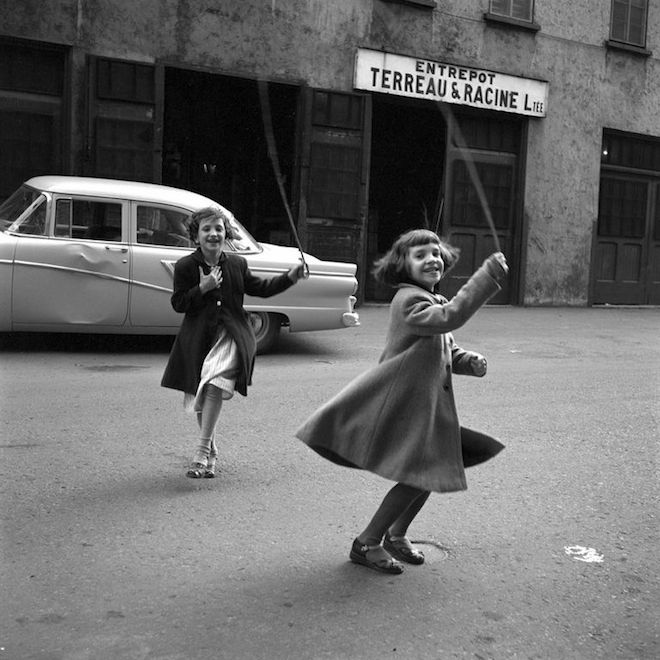
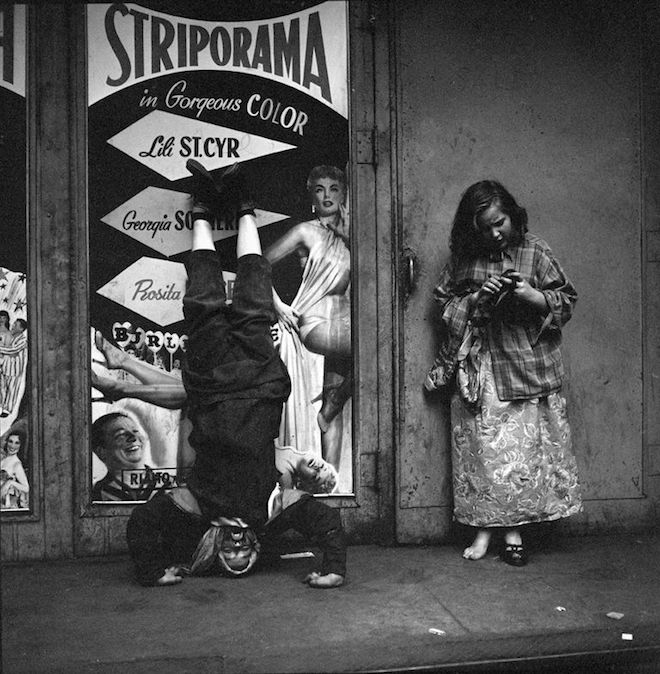


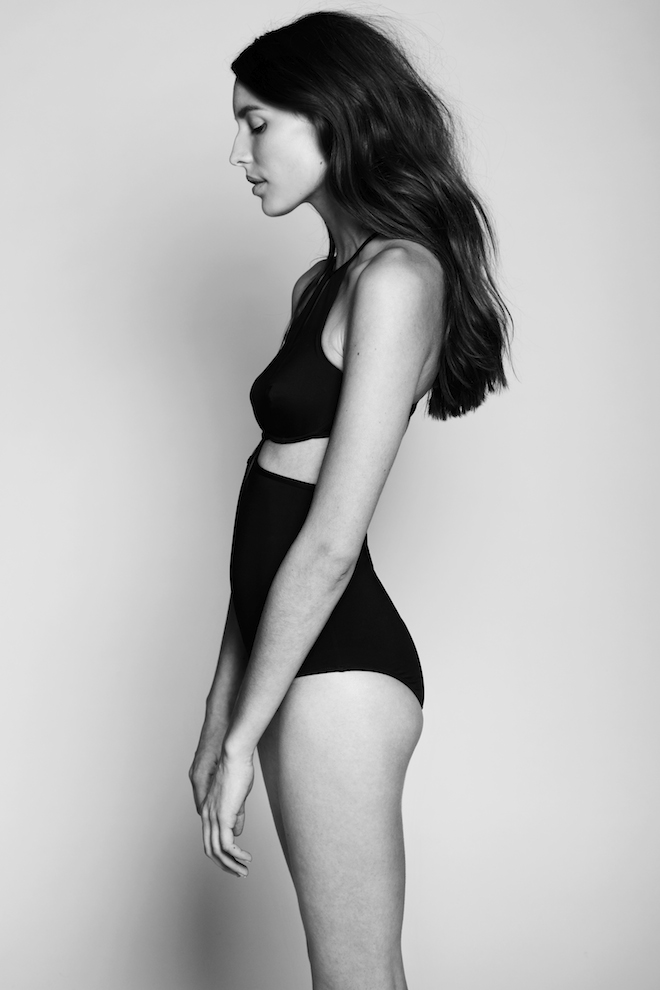
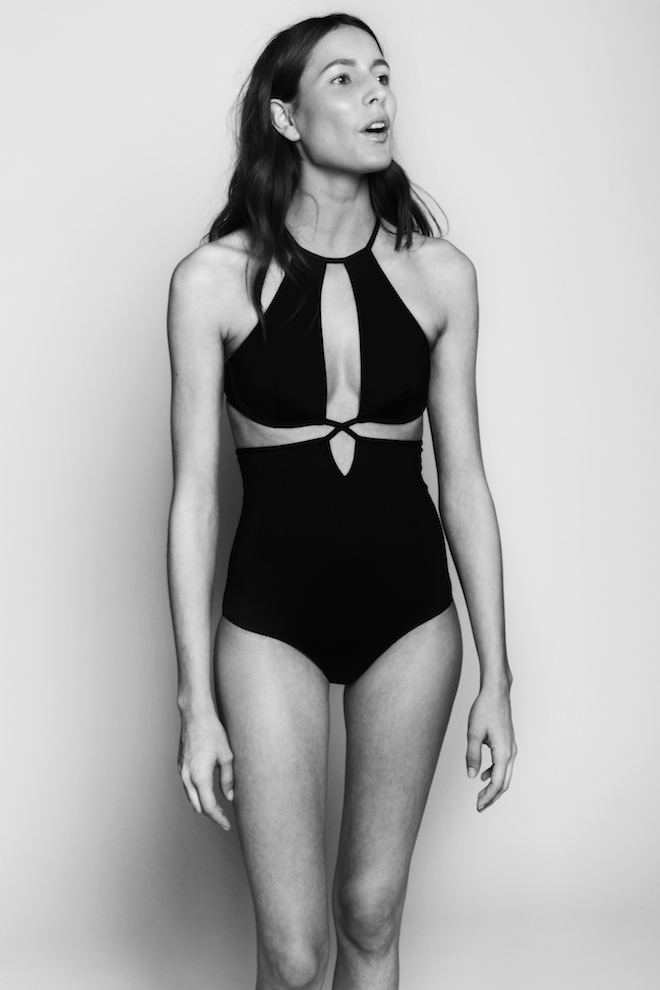

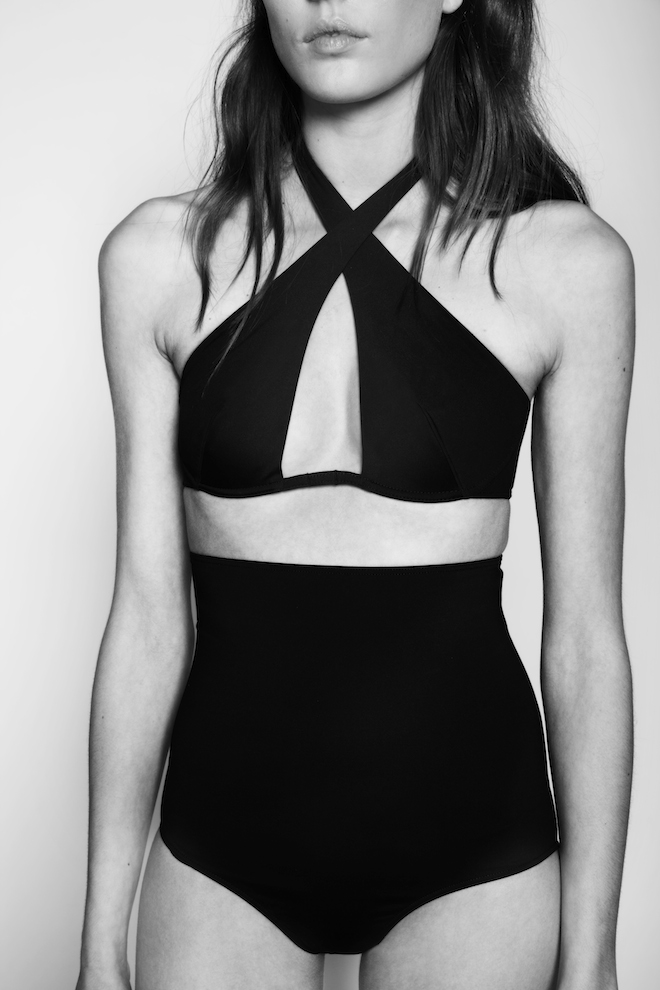
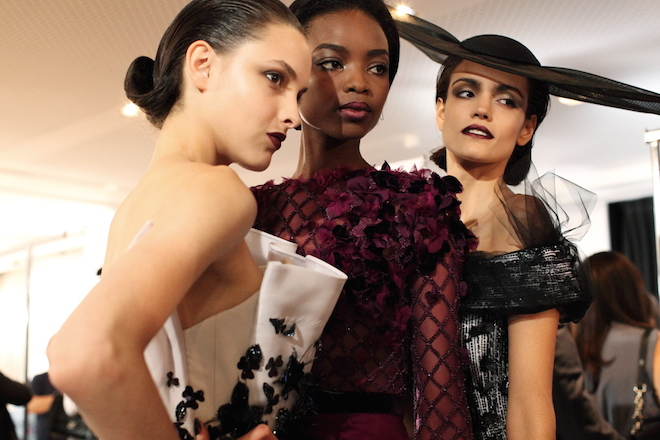
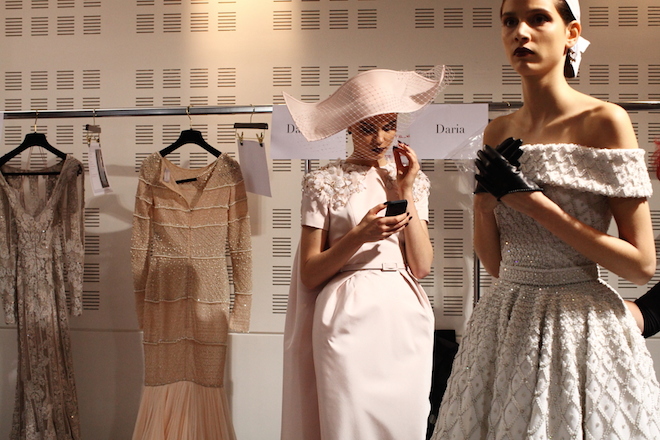
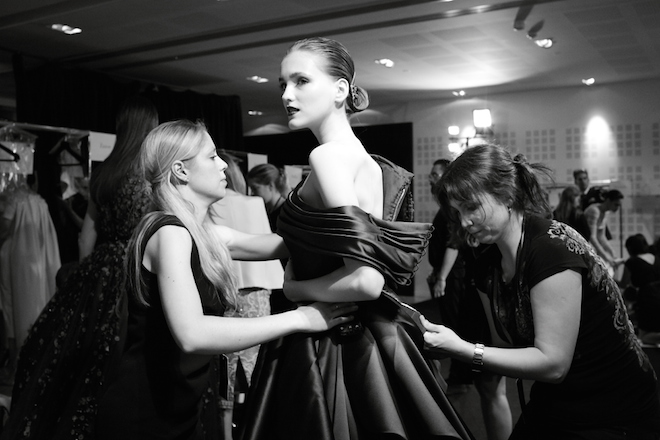
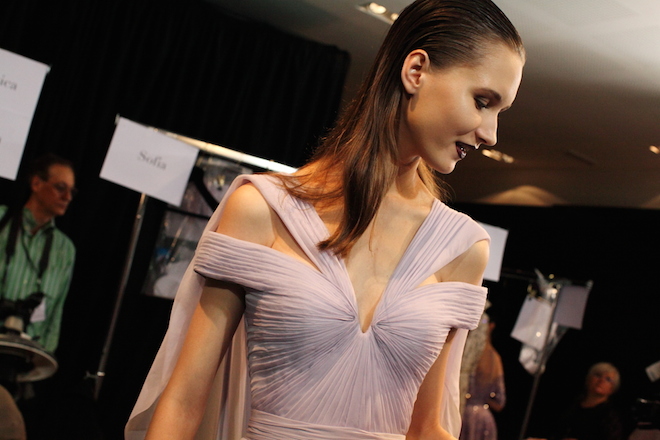




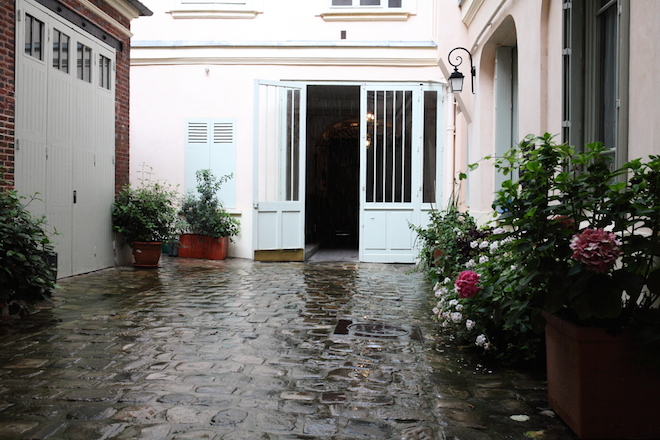
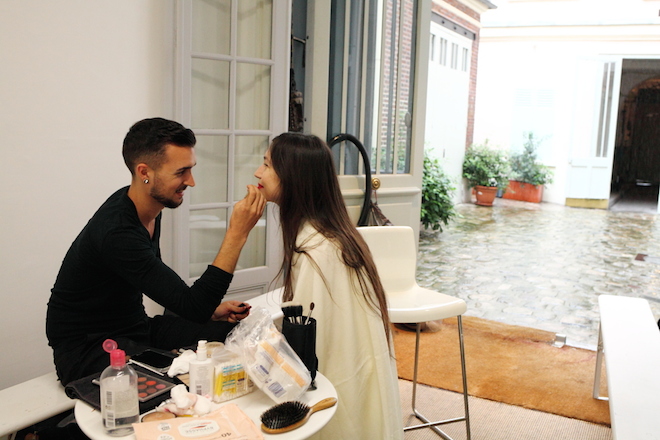
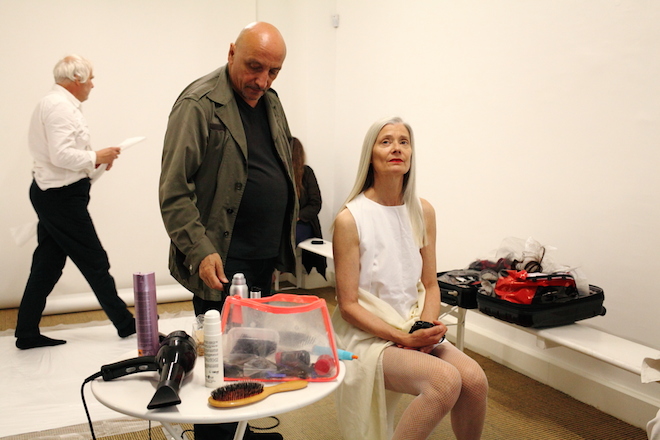
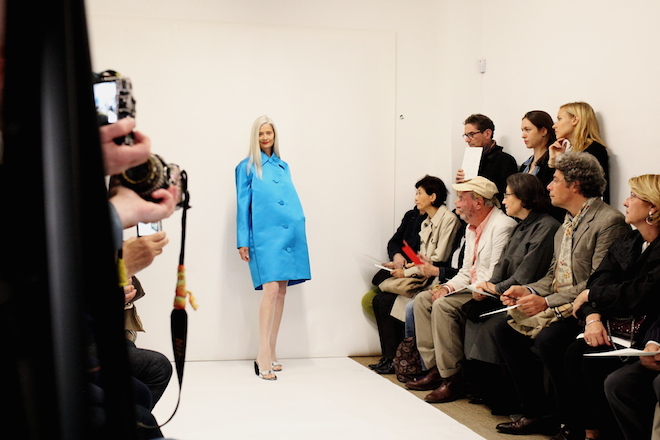

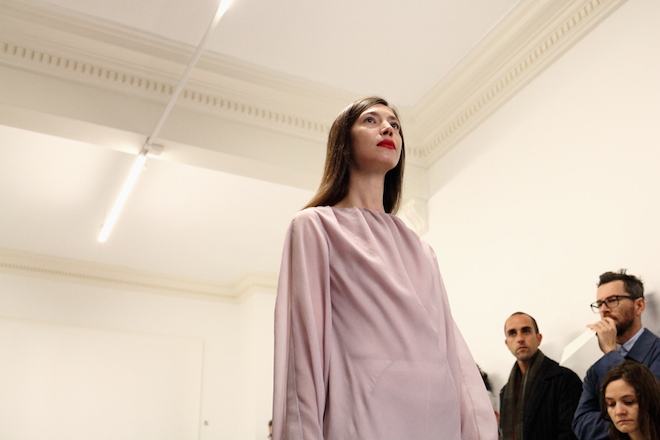

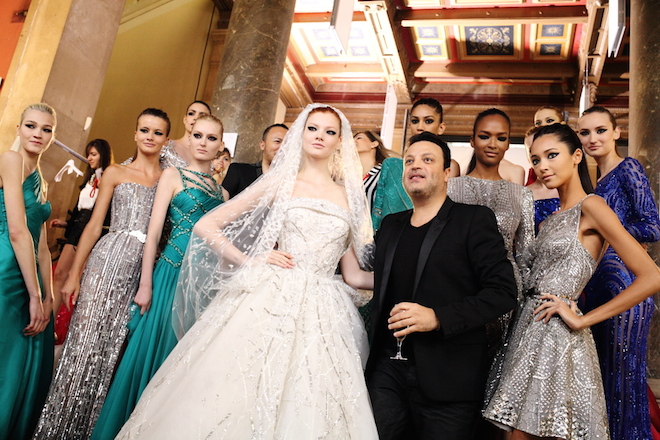
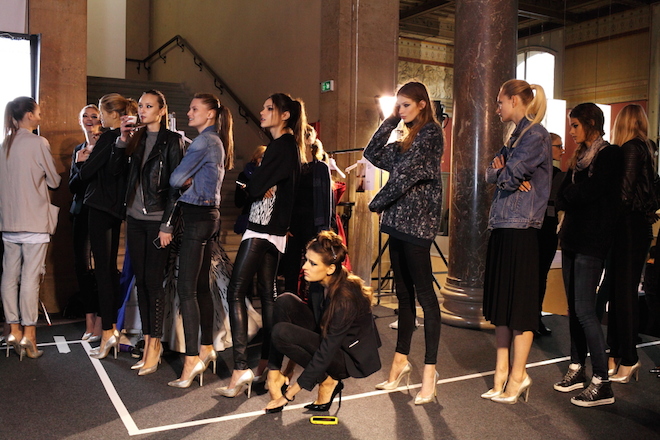
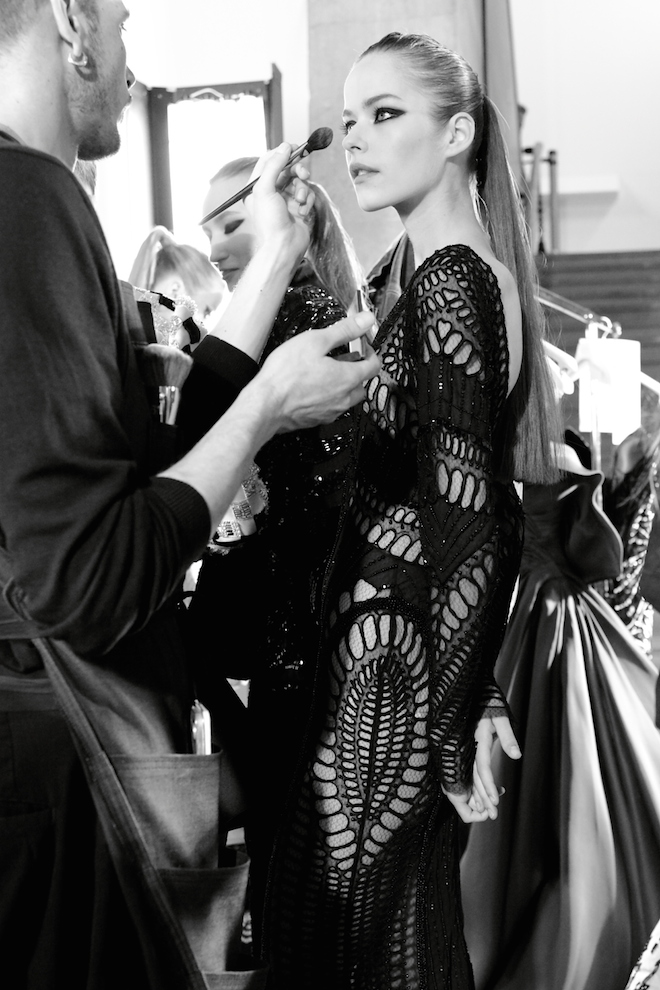

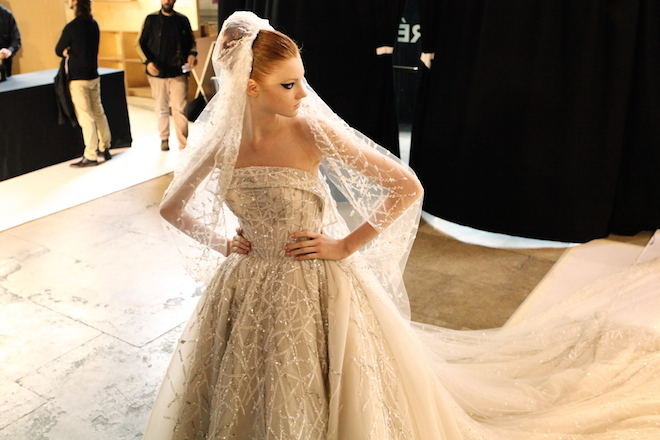

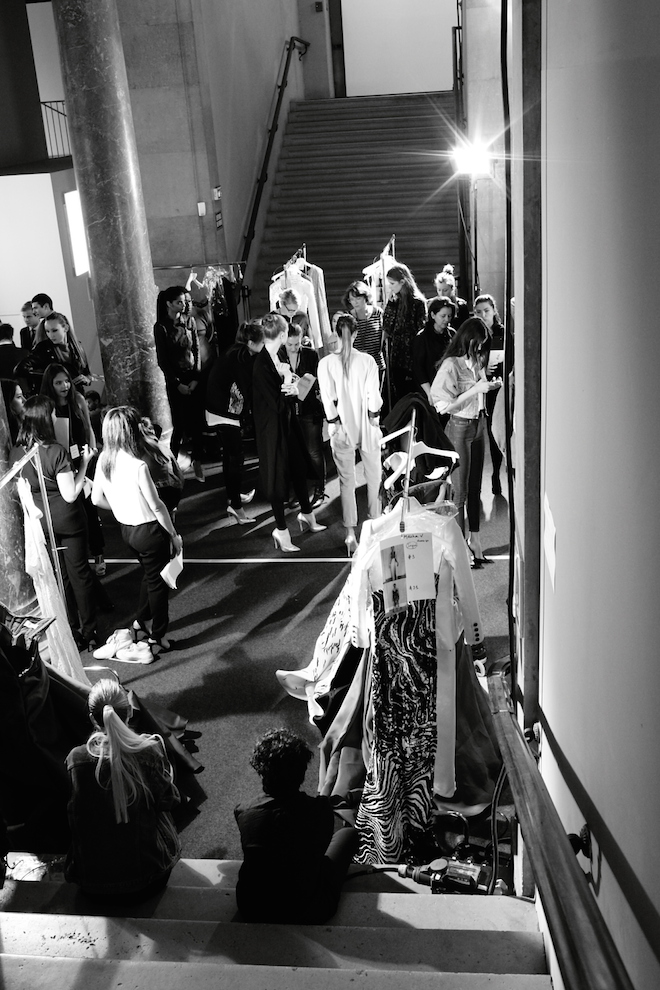



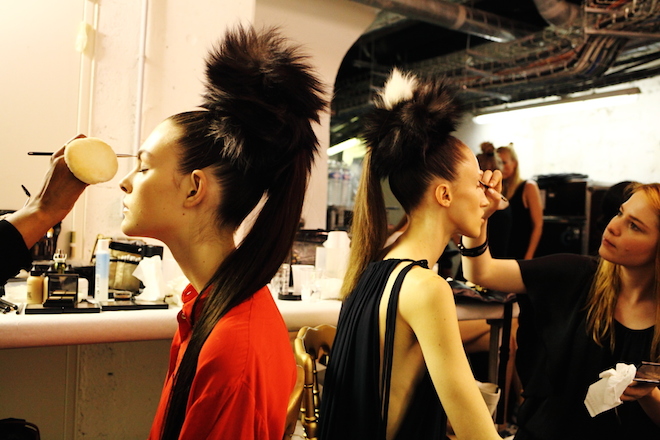
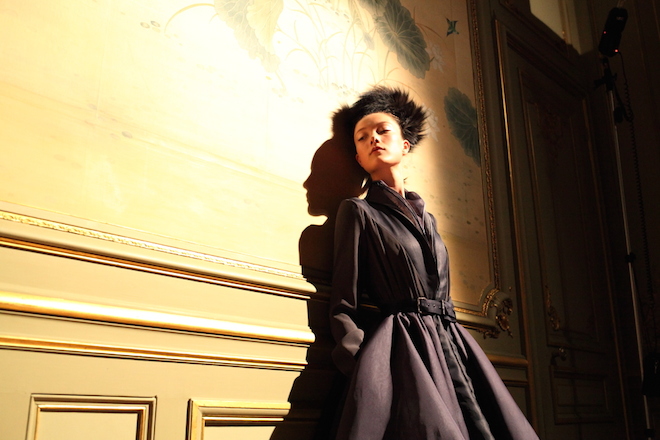



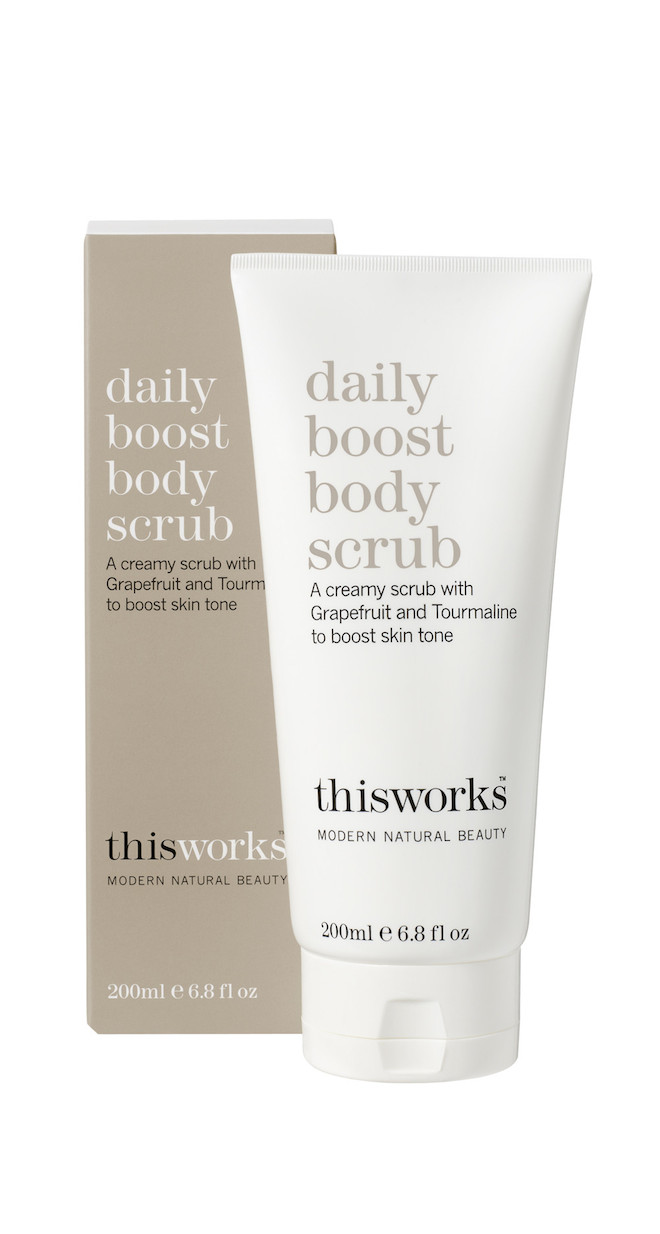
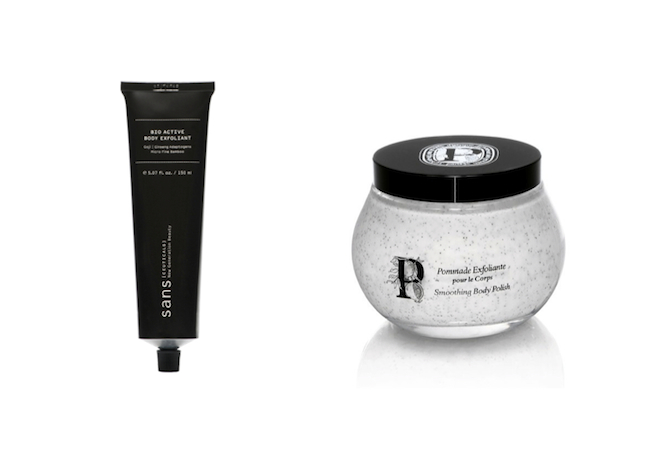

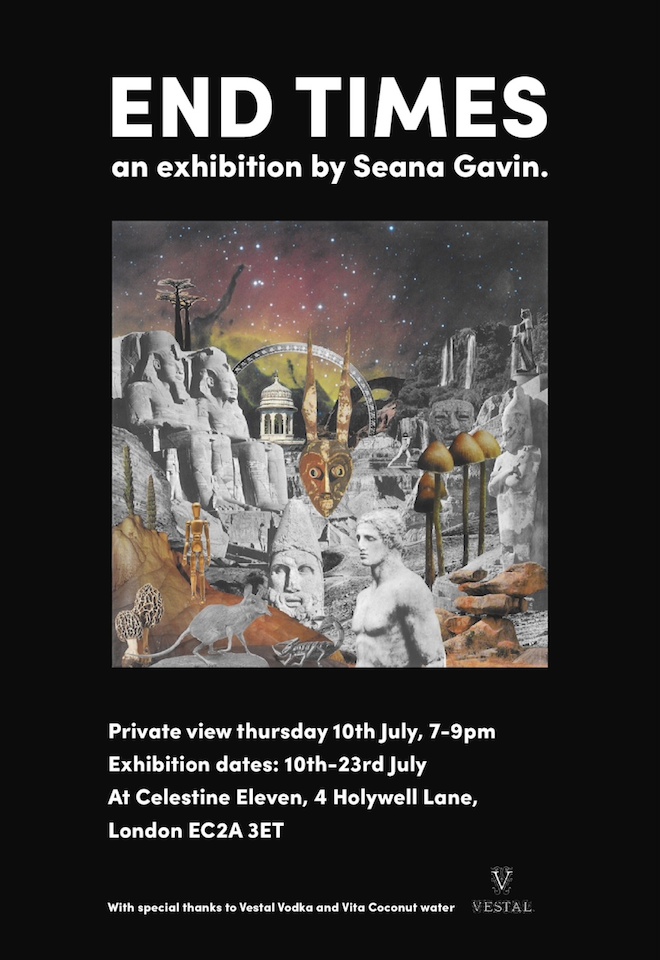
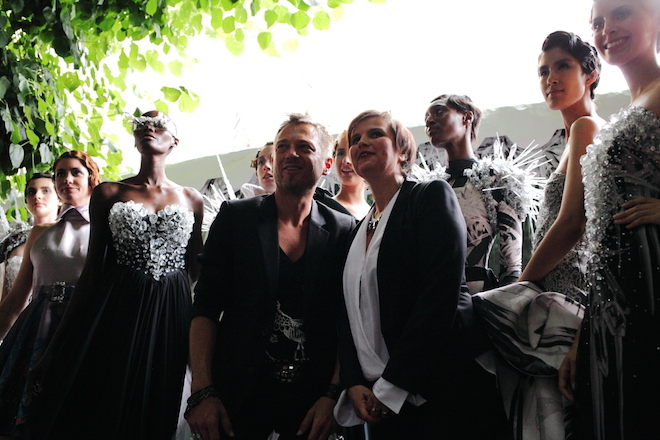
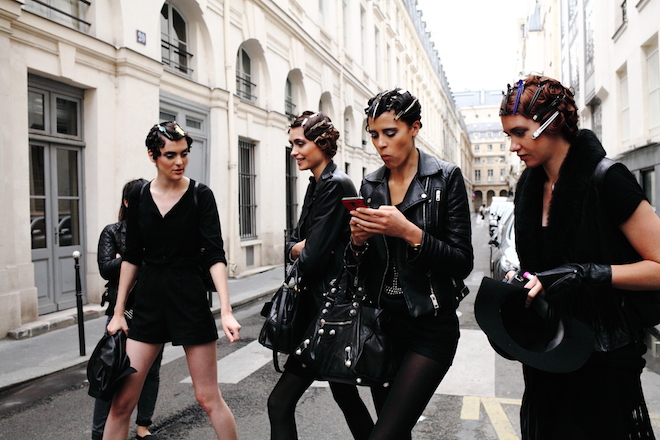
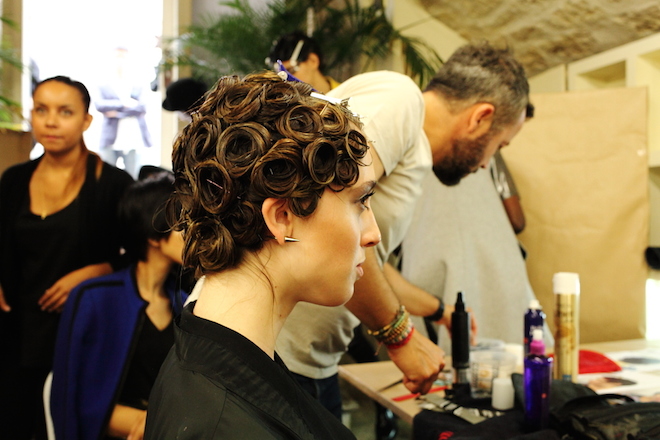
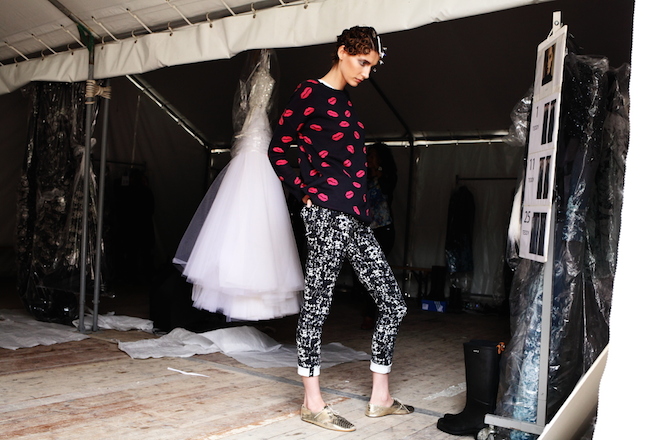

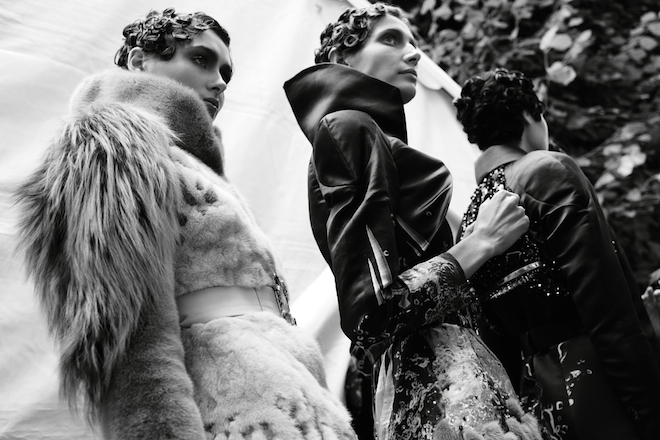
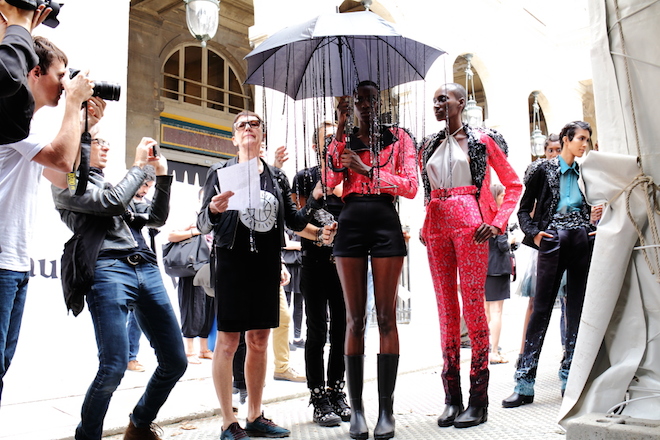
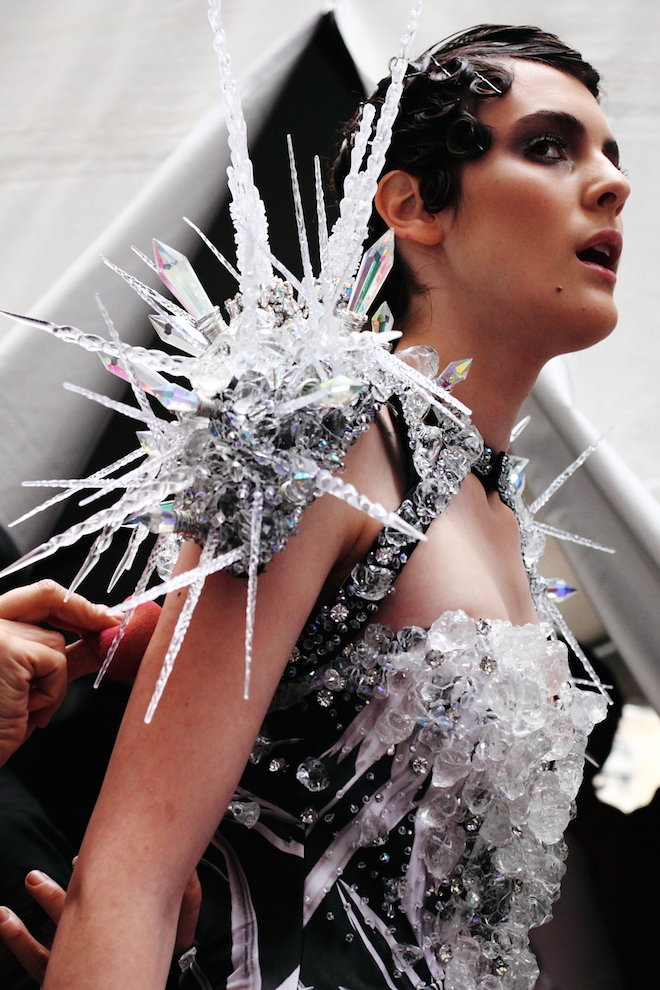
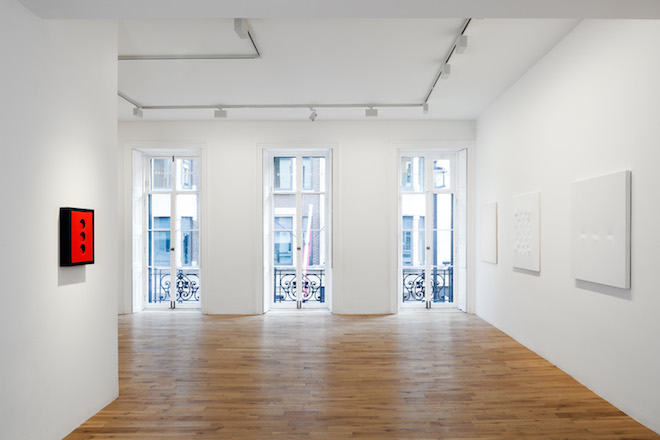
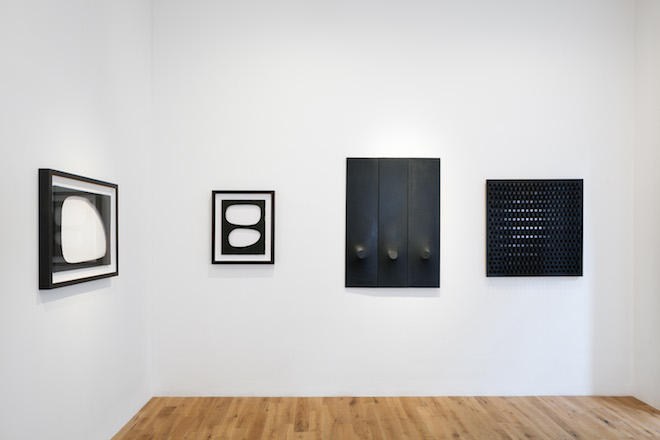
 PREVIOUS
PREVIOUS

 Twitter
Twitter
 Tumblr
Tumblr
 YouTube
YouTube
 Facebook
Facebook
 Instagram
Instagram
